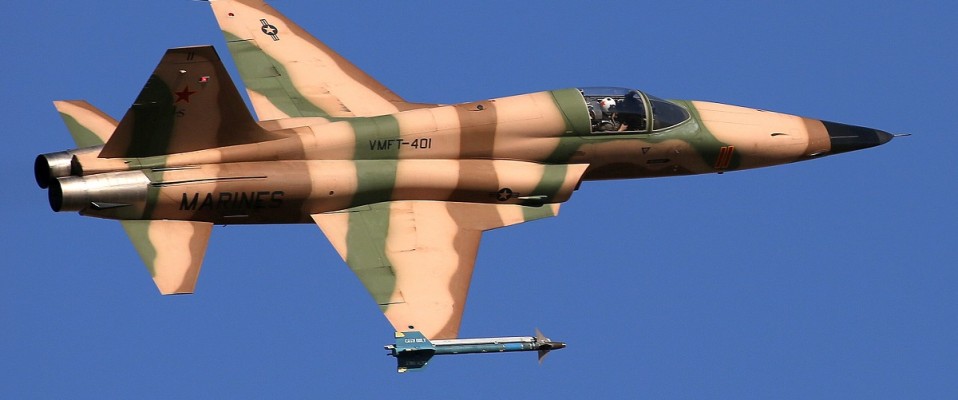Photograph Southwest Arizona’s Fast-Jet Circuit in Five Days
Story and Photographs by Barry Griffiths
Arizona, an iconic US desert state, is known worldwide for its incredible desert vistas and such world-renowned national parks as the vast, magnificent Grand Canyon and the fascinating Petrified Forest. This story is about another exciting aspect of Arizona; it’s a premiere destination for intrepid aviation photographers from around the world who have long recognized the state as being the Mecca for an amazing variety of military aircraft and aviation-oriented activities. With this in mind, APD has put together a quick guide to three of the best locations in the state (plus one in California), each of which can be visited during a short, five-day vacation. We’ll call it the Southwest Arizona Fast-Jet Circuit.
There are many places in North America where it’s possible to photograph military aircraft operating from their home bases under varying conditions. However, if your time is short and you would like to combine outstanding aviation photographic opportunities, along with some very pleasant weather, then we believe Southwestern Arizona in the winter and fall months is definitely the place to go. In fact, in just five days, it’s possible to photograph front-line military aircraft from three US military services; the US Air Force, US Marine Corp and US Navy. Plus, if you have additional time available, there are other US Air Force and US Army National Guard bases and airfields in Southwestern Arizona that can be easily added to this aircraft-rich, photographic circuit. However, there is one caveat to this story; as with all aviation photographic locations, nothing is guaranteed!

Lockheed Martin F-35A Lightning II JSF USAF 62 FS “Spike War Dogs”, Luke AFB
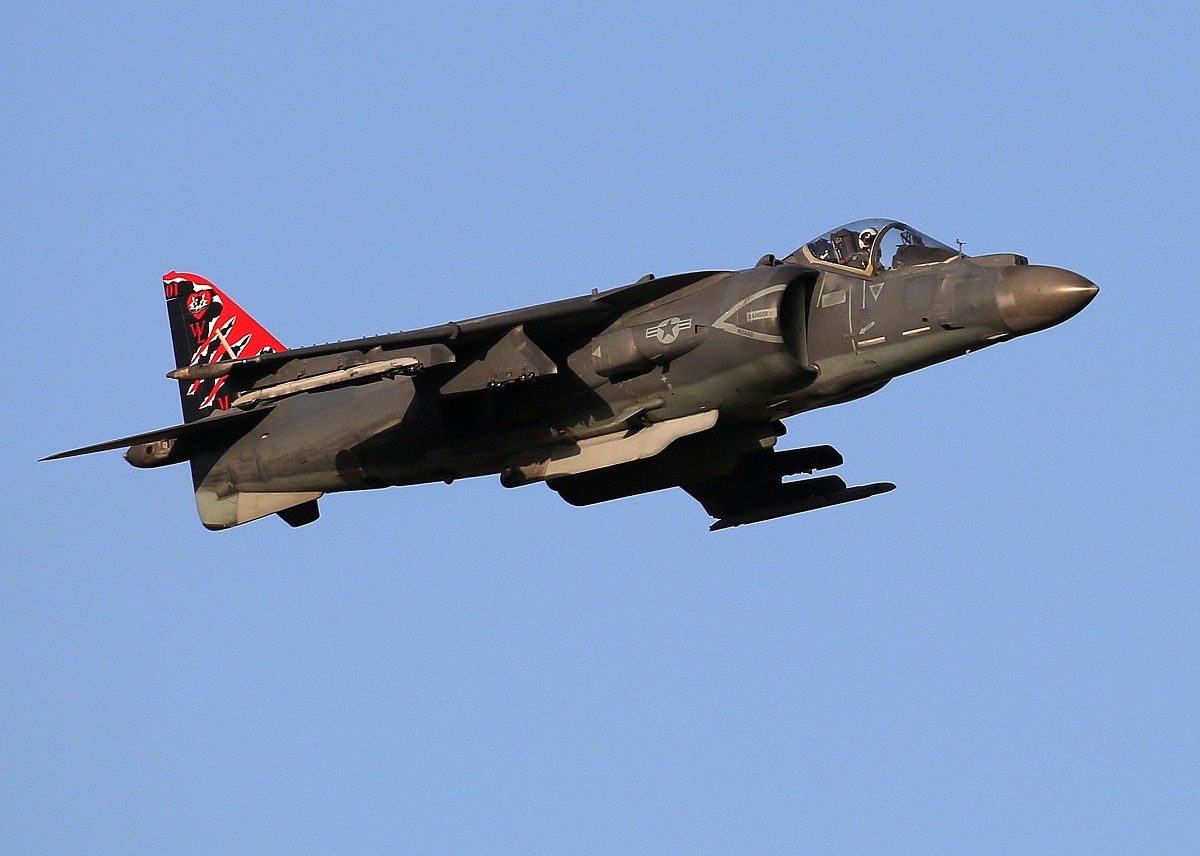
McDonnell Douglas AV-8B+ Harrier II USMC VMA-211 “Wake Island Avengers”, MCAS Yuma, AZ
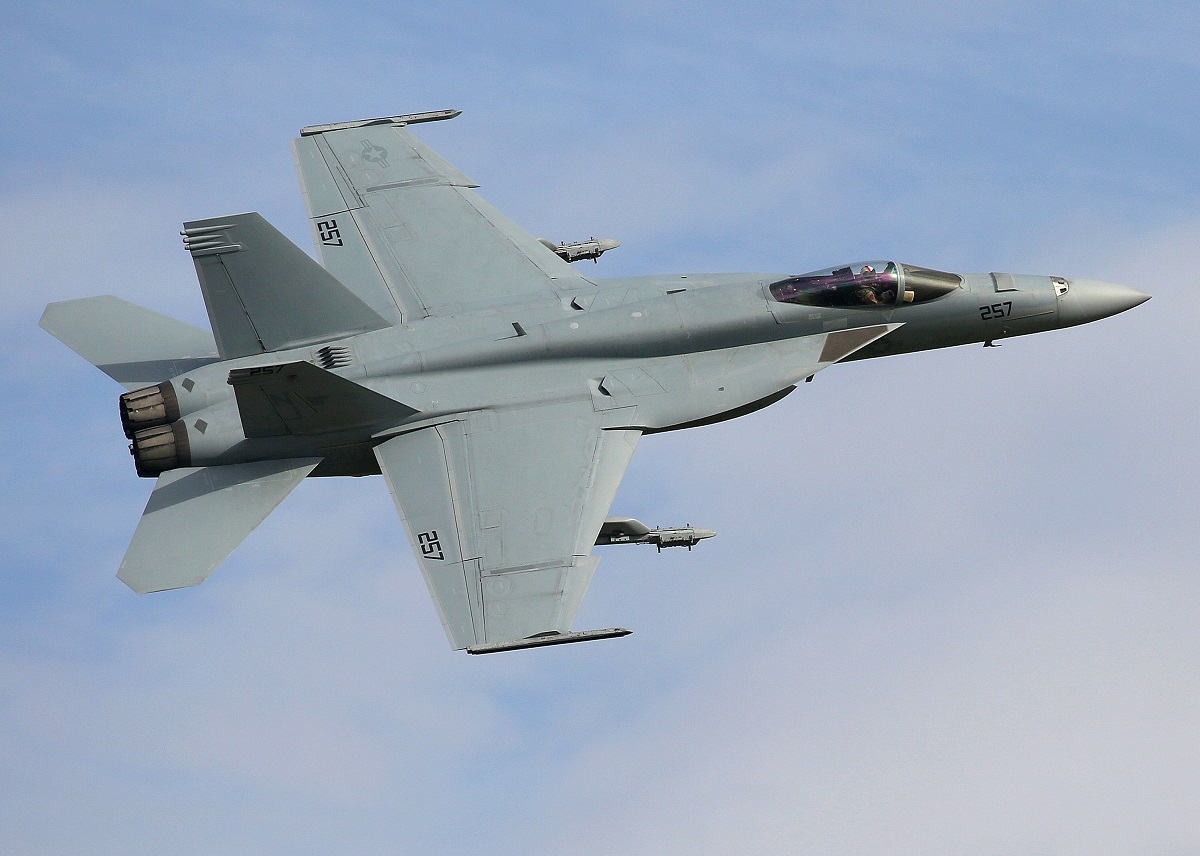
Boeing F/A-18E Super Hornet US Navy Strike Fighter Squadron VFA-122 “Flying Eagles”, NAF El Centro, CA
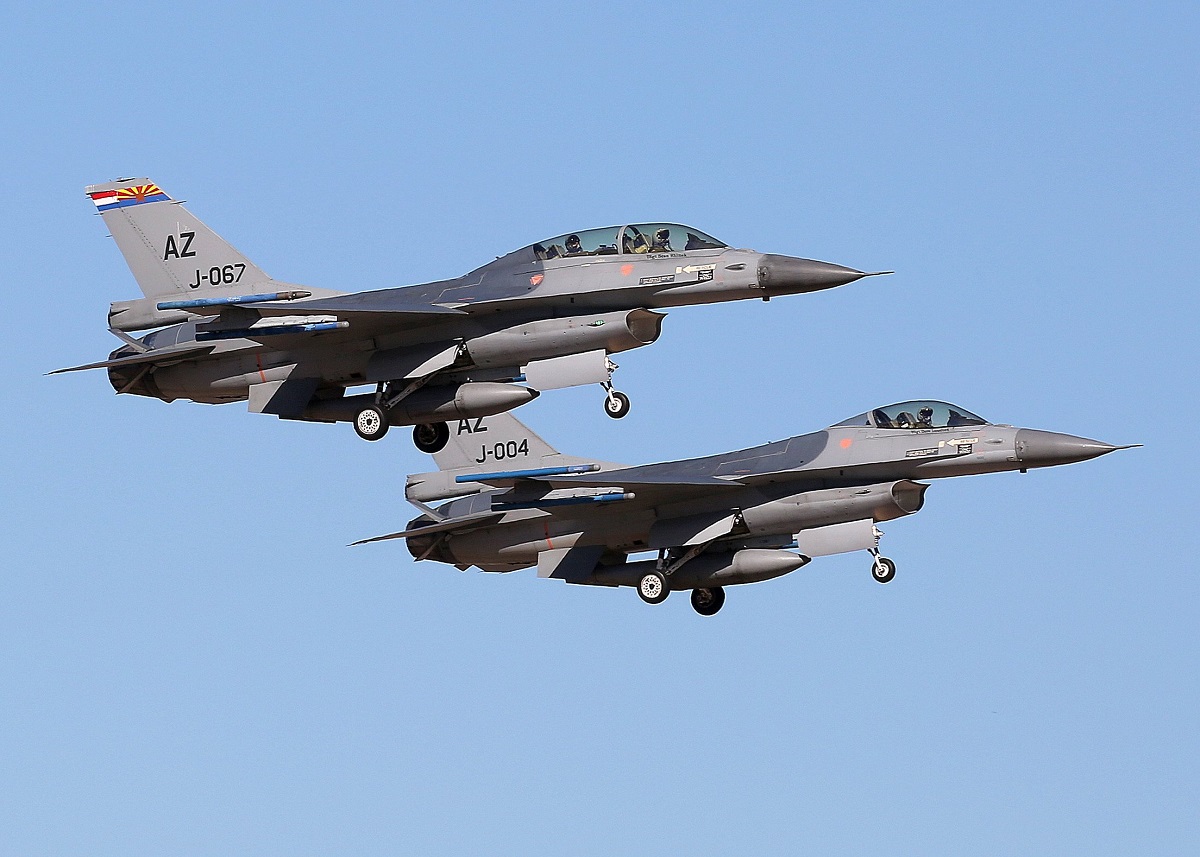
TWO SHIP: General Dynamics F-16 A/BM Fighting Falcon, Royal Netherlands AF, AZ-ANG 148th FS “Kickin’ Ass”, Tucson IA (KTUS), AZ
The best way to begin this short trip is to fly into Phoenix’s Sky Harbor International Airport on a Sunday and then, after picking-up a rental car, drive west for twenty minutes to one of the several hotels in Goodyear, Glendale. This is a great first night location as it’s just a 10-minute drive away from Luke AFB, a major training base for the Air Education and Training Command (AETC) which trains US and International pilots in F-16 Fighting Falcon and F-35A Lightning II JSF jets.
The five day trip begins in earnest on Monday when, after an early start, a short drive gets you to the end of the active runway at Luke AFB. This is an excellent position from which to capture the early and mid-morning launches of US, Italian, Norwegian and Australian F-35A Lightning II JSFs, as jets from the 61st FS “Top Dogs” and 62nd FS “Spike War Dogs” set out on their training sorties. And, as a bonus, the 21st FS “The Gamblers”, with its F-16 Vipers, will likely be conducting advanced fighter training for the pilots of the Republic of China (Taiwan) Air Force and may also be launching three and four-ship formations during the morning.
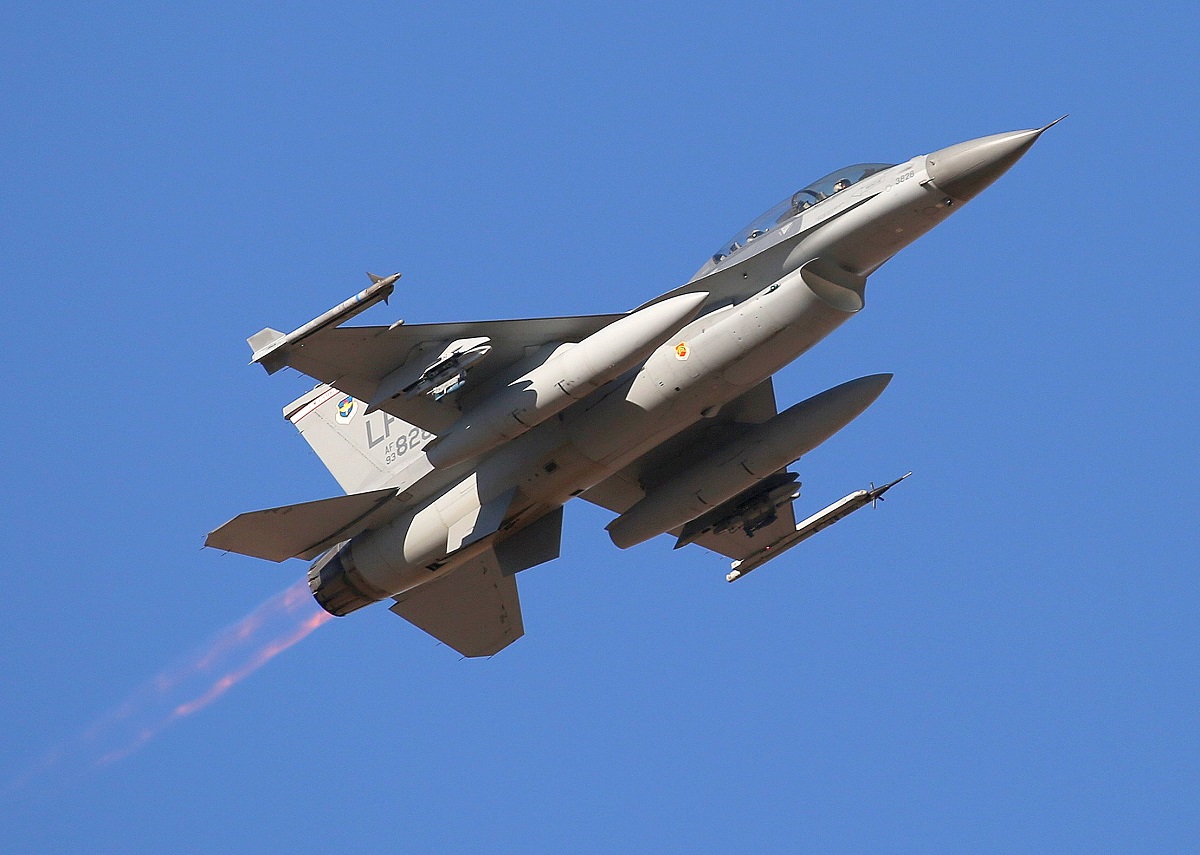
General Dynamics F-16D Fighting Falcon, 21st FS “The Gamblers” RoCAF (Republic of China (Taiwan)) Air Force, Luke AFB
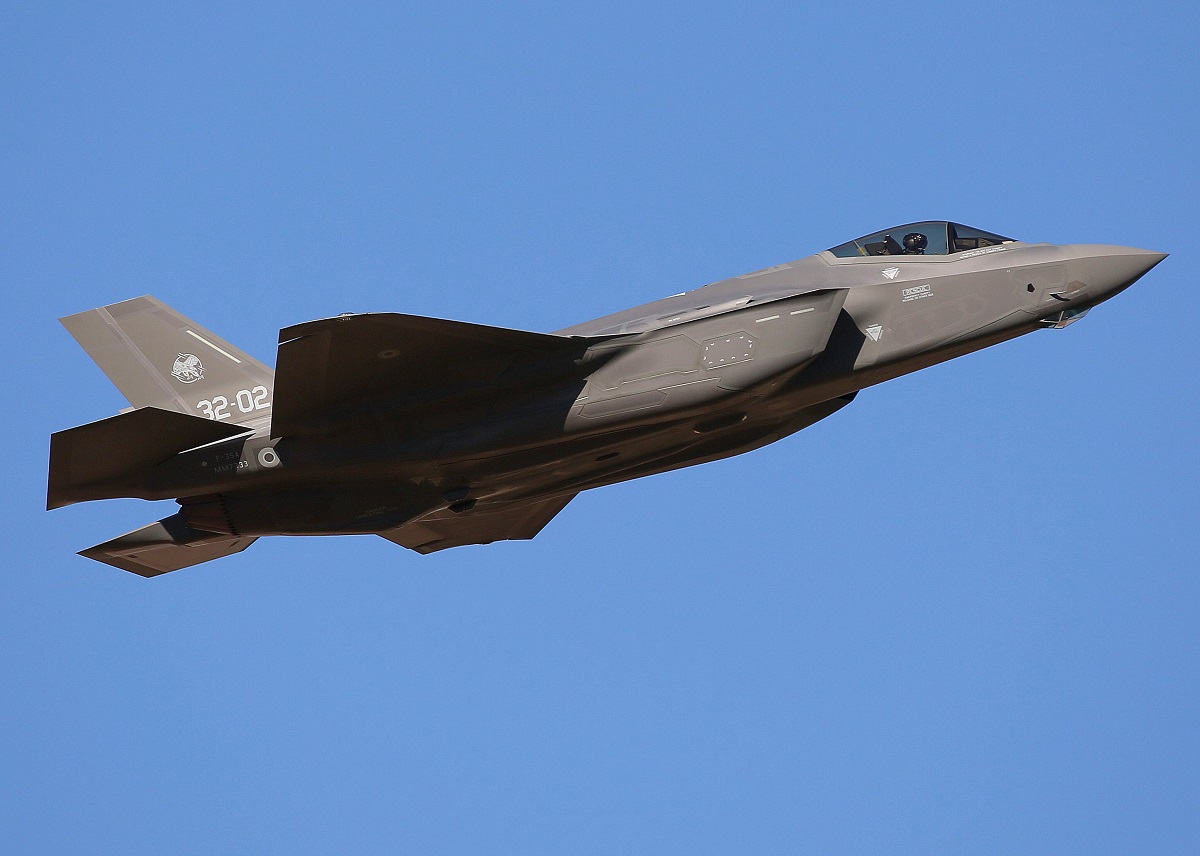
Lockheed Martin (Cameri Faco) F-35A Lightning II JSF, Italian Air Force, Luke AFB
Since the many training sorties at Luke AFB typically last about 1.25 hrs, it is quite easy to photograph the launches and then hop in your car for a quick ten minute drive to the other end of the runway where you can catch the returning aircraft from relatively unobstructed views from the road.

General Dynamics F-16D Fighting Falcon, 21st FS “The Gamblers” RoCAF (Republic of China (Taiwan)) Air Force, Luke AFB
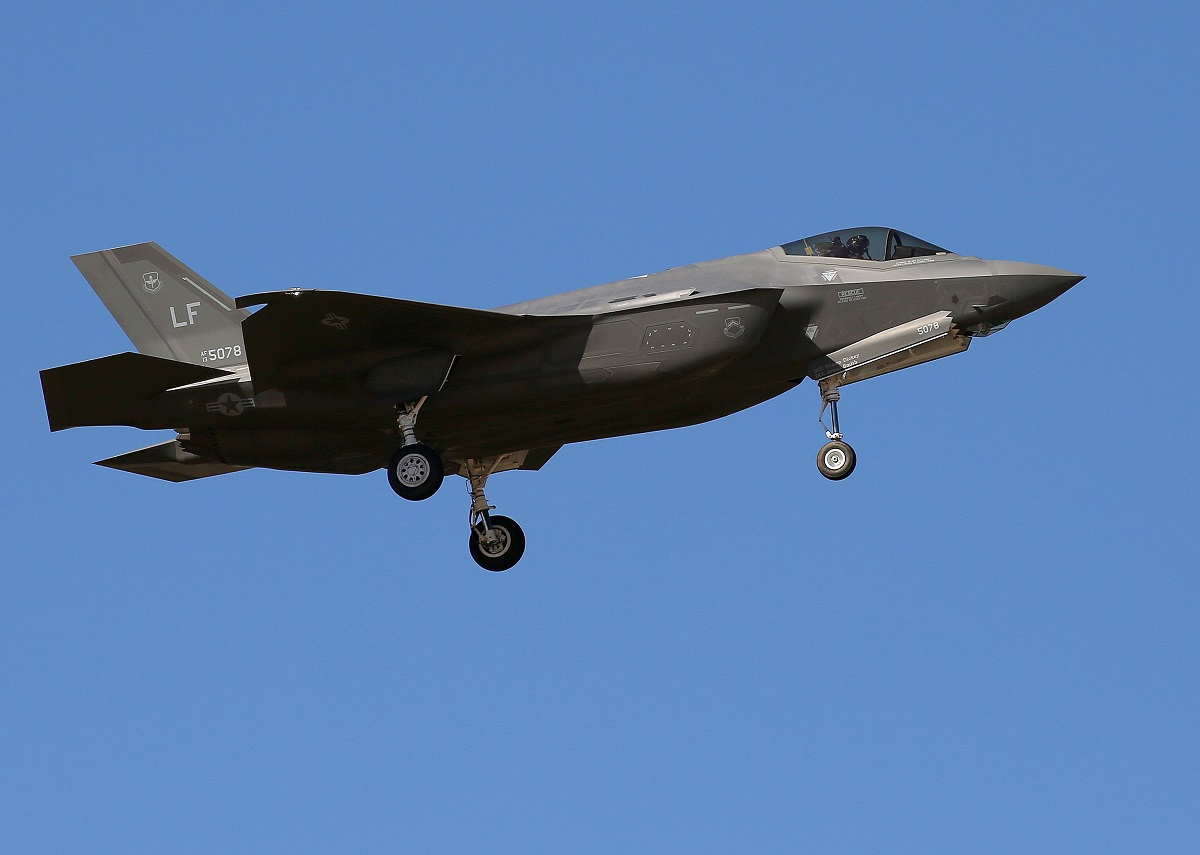
Lockheed Martin F-35A Lightning II JSF , USAF 62 FS “Spike War Dogs”, Luke AFB
The timing for Day Two works out nicely if you spend the first part of Tuesday morning again at the active runway at Luke AFB, before driving on to the next location at Yuma, AZ. An easy two-and-a-half hour drive gets you to MCAS Yuma, the busiest air station in the US Marine Corps, and the current home of two AV-8B Harrier squadrons, an adversary/aggressor squadron of F-5N Tiger IIs, a Marine test and evaluation squadron, and two F-35B Lightning II JSF squadrons. This US Marine air station, which has superb flying weather, is close to the Barry Goldwater Gunnery Range and the Chocolate Mountain Ranges, and specializes in air-to-ground aviation training for US and NATO forces. After arriving at MCAS Yuma in the early afternoon, you should have some good chances to photograph aircraft from the north end of the base when the home squadrons are conducting their training sorties. Also, if you plan on going there during one of the two annual seven-week Weapon and Tactics Instructor (WTI) courses for select fixed-wing, rotary-wing and tiltrotor pilots, you will most likely see the full inventory of all Marine Corps aircraft as they fly their missions.
On Day Three try to get to MCAS Yuma early as training flights often start by 7:30 am when the “Green Knights” of Marine Fighter Attack Squadron (VMFA-121), the first operational squadron in the Marine Corps and the first operational F-35 squadron in any service, regularly launch their F-35B Lightning II JSFs.
During the day, the MV-22B Osprey, one of several aircraft types in Marine Operational and Evaluation Squadron One (VMX-1), can be caught flying in single and multi-ship formations around the air station and they tend to use a pad close to the Fairgrounds for their launches and recoveries.
There is still a lot of Harrier Jump Jet action taking place at MCAS Yuma. Now that VMFA-211 “Wake Island Avengers” has conducted its last AV-8B Harrier flight and transitioned to the F-35B Lightning II JSF, there are just two AV-8B Harrier (V/STOL) squadrons based at Yuma; VMFA -214 “Black Sheep” and VMFA-311 “Tomcats”. It’s anticipated that these ground-attack jump jets will remain in USMC service until 2025 when the transition to the F-35B Lightning II will have been completed.
Arguably, the photographers’ favorite squadron on the base is VMFT-401, a reserve squadron of the USMC known as the “Snipers. It flies the Northrop F-5N Tiger II and is the only adversary (aggressors) squadron in the Marine Corps that acts as the opposing forces in simulated air combat. The Tiger IIs perform the role of enemy aircraft and are painted in camouflage schemes of potential adversaries, much to the delight of photographers. They are in the air regularly and fly sorties throughout the day and, because the average length of a flight is about 45 minutes, there are many photographic opportunities during both launches and recoveries.

Lockheed Martin F-35B Lightning II JSF US Marines VMFA-121 “Green Knights”, MCAS Yuma, AZ
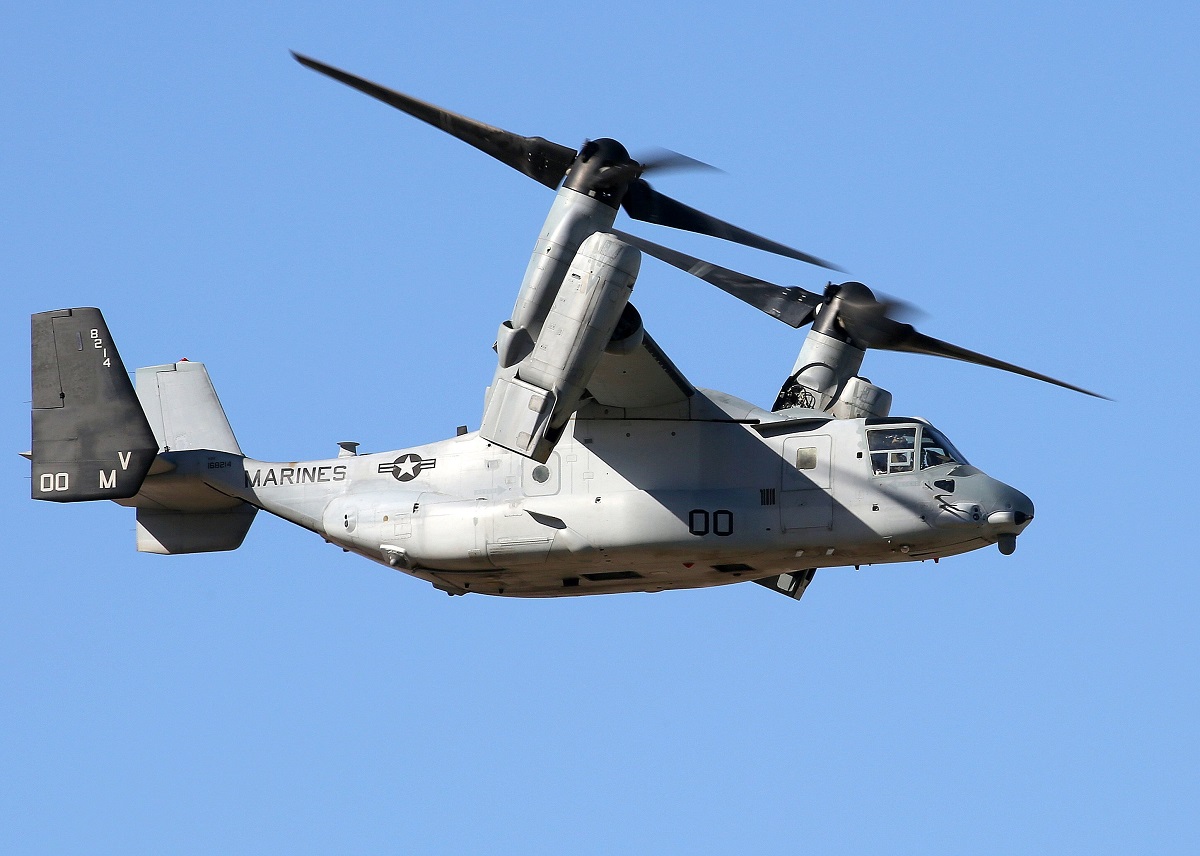
Bell-Boeing MV-22B Osprey USMC Operational Test and Evaluation Squadron VMX-1, MCAS Yuma, AZ
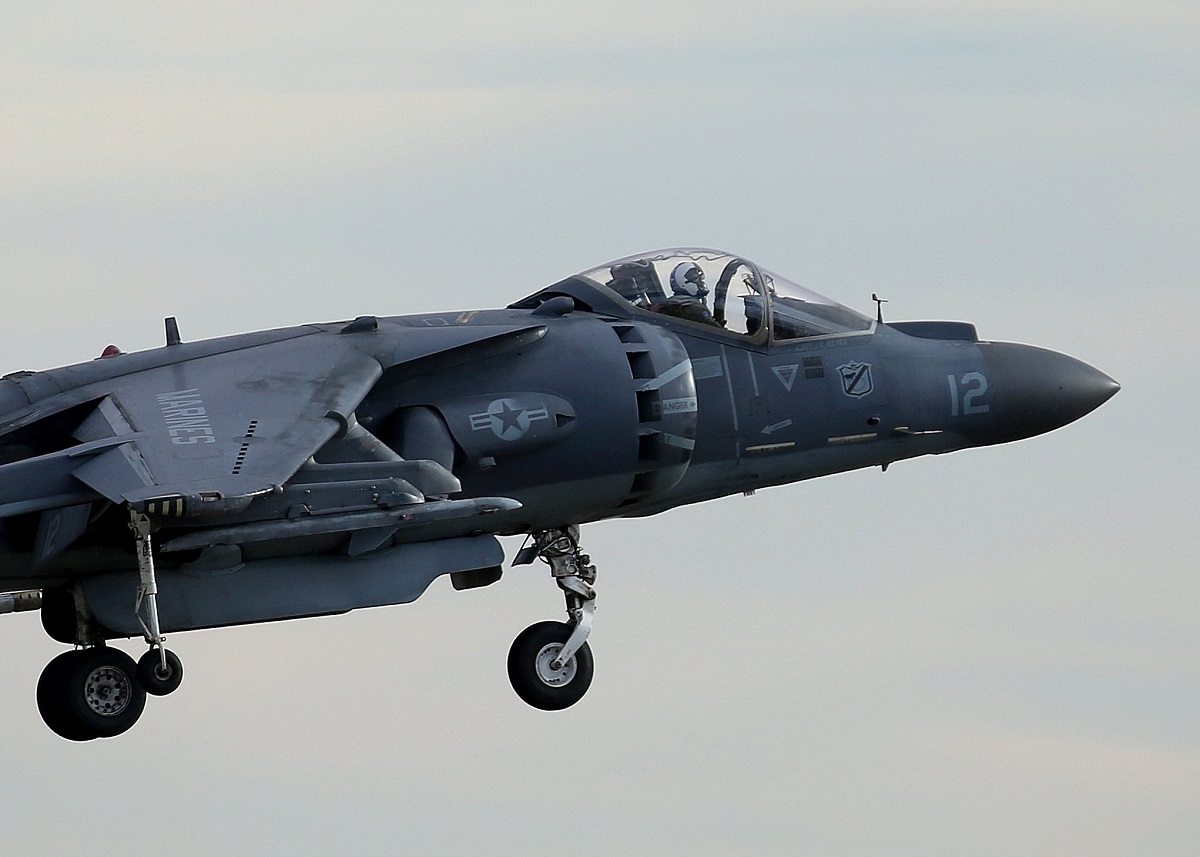
McDonnell Douglas AV-8B+ Harrier II USMC VMA-214 “Black Sheep”, MCAS Yuma, AZ
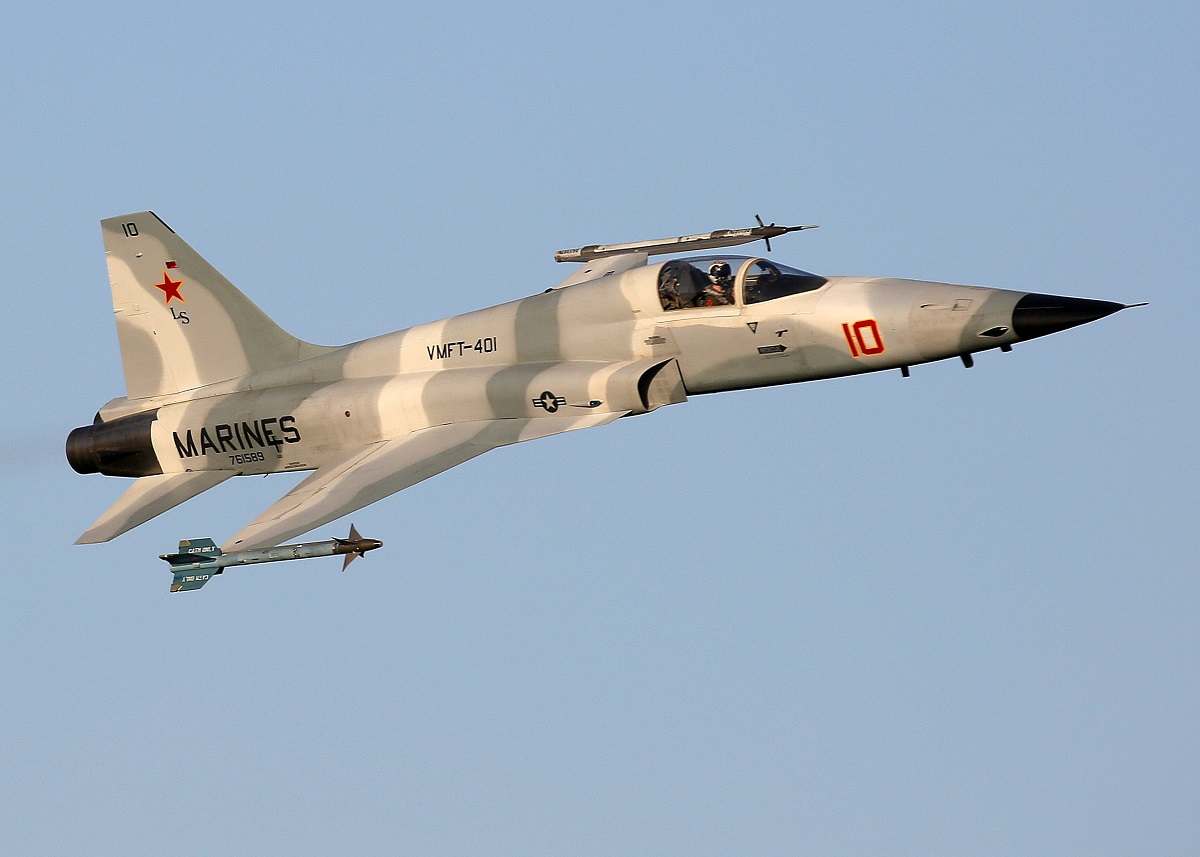
Northrop F-5N Tiger II Marine Fighter Training Squadron (VMFT-401) “Snipers”, MCAS Yuma, AZ
One of the distinct advantages of being in Yuma on a this short trip is that you can combine MCAS Yuma with US Naval Air Facility El Centro, an easy one hour drive away in California. Plan to spend the morning at El Centro before continuing on to Tucson, AZ to catch the Arizona Air National Guard and their F-16 afternoon training flights.
NAF El Centro, the winter home of the US Navy Blue Angels, has no home squadrons but is a premier training facility for active and reserve US Navy and US Marines units. These units use the base and its surrounding ranges throughout the year with the result that El Centro hosts a variety of US Navy squadrons ranging from McDonnell Douglas T-45 Goshawks to Boeing EA-18G Growlers, many of which fly in from nearby bases in Arizona and California. The variety and number of aircraft training here is quite unpredictable and the flying activities can vary from “not much” to “non-stop”.
During APD’s recent morning visit to NAF El Centro it was very busy with US Navy Growlers from VAQ-129 “Vikings”, Super Hornets from VFA-122 “Flying Eagles” and US Navy VFA-97 “Warhawks”, plus USMC Hornets from VMFAT-101 “Sharpshooters” all making multiple tactical take-offs and landings throughout the morning.
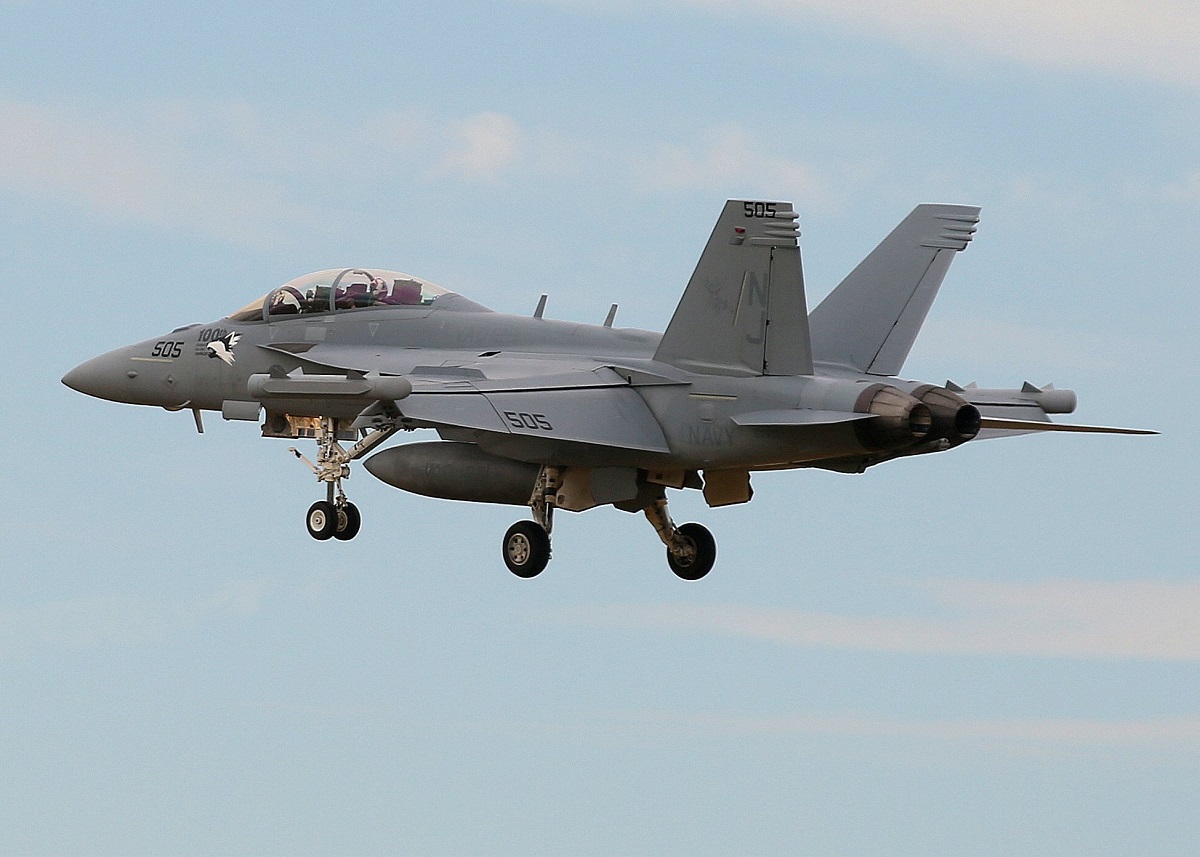
Boeing EA-18G Growler VAQ-129 “Vikings”, NAF El Centro, CA (This is the 100th Growler built by Boeing)
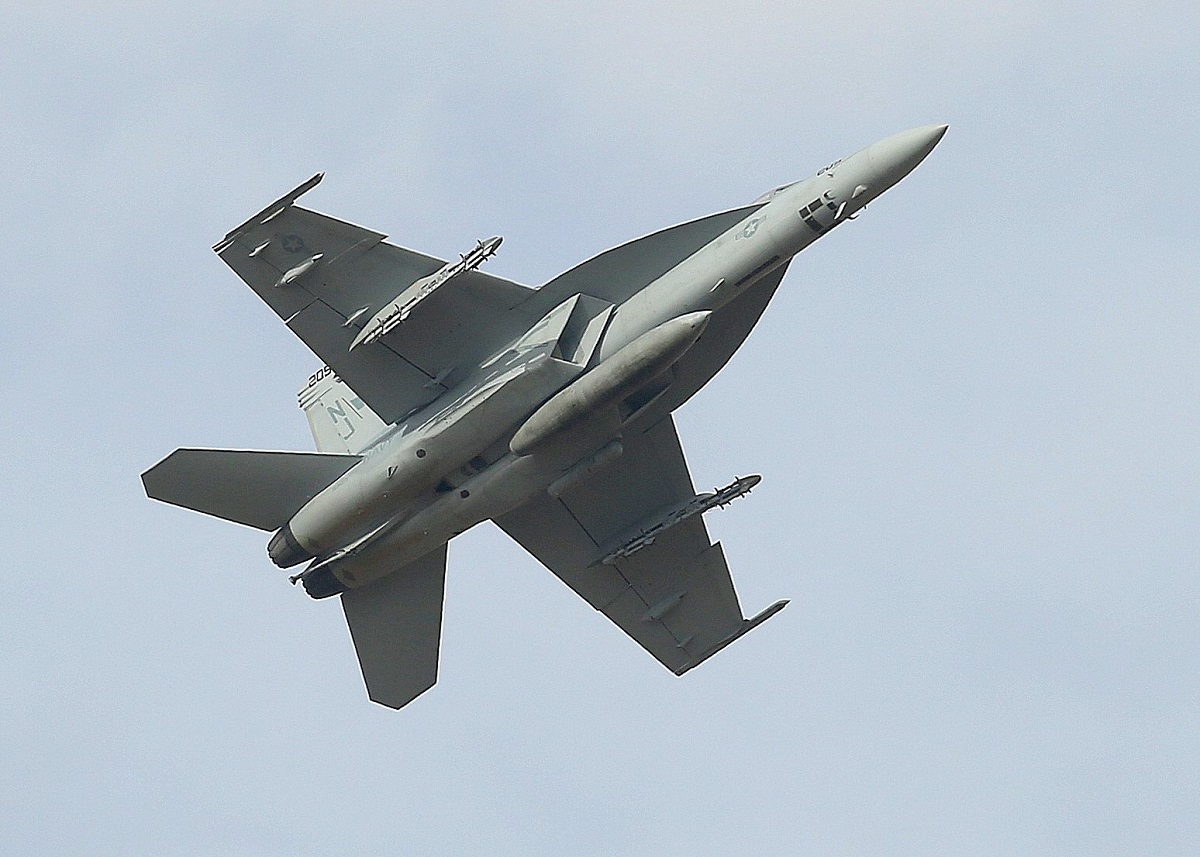
Boeing F/A-18E Super Hornet US Navy Strike Fighter Squadron VFA-122 “Flying Eagles”, NAF El Centro, CA
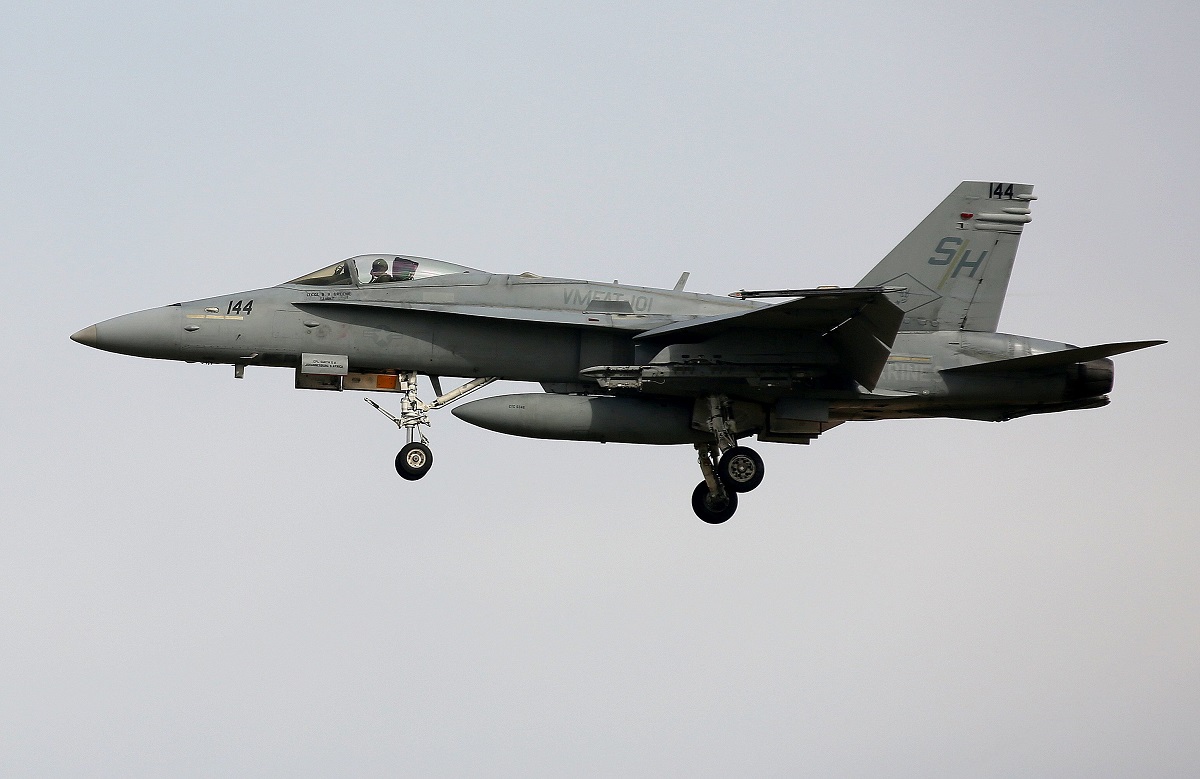
McDonald Douglas F/A-18A Hornet USMC VMFAT-101 “Sharpshooters”, NAF El Centro, CA
Although the drive from El Centro, CA to Tucson International Airport, AZ is the longest stretch in our five day photography “fast-jet circuit”, it’s an easy drive on the two Interstates and normally takes about 4h 25min. One of the interesting aspects of this airport is that it has a great mixture of military and commercial traffic so there are not too many “dry” periods of nothing happening.
Many photographers also spend time at neighbouring Davis-Monthan AFB with its A-10 squadrons, Rescue and Electronic Groups, and of course the AMARG “Boneyard. In the past year or two, flying activities have been reduced with the result that sorties by aircraft based here tend to be somewhat spasmodic, often with long periods of inactivity. If you only have time for one of these Tucson bases, we recommend that you go for the Tucson Air National Guard Base, located at Tucson International Airport.
The photography at this airport can be particularly rewarding as Runway 11L, the most frequently used runway, has optimum sun positions throughout the day. The attraction for aviation photographers is the AZ-ANG 162nd Fighter Wing that is located here and which performs its primary task of providing flight training for international F-16 Fighting Falcon aircrews. Currently, Iraqi Air Force F-16 pilots are being trained here and are seen regularly. In addition, the 148th FS “Kicking Ass”, using a mixture of US and Dutch F-16s, has been training pilots of the Royal Netherlands Air Force (RNLAF) for many years. Two AZ-Air National Guard squadrons of F-16s, the 152nd FS “Tigers” and the 195th FS “Warhawks”, are also based here and are very active during the week and also on Guard weekends. With this number of F-16s on base, mostly in a flight training mode, it’s not uncommon for photographers to start the day with two dozen or more F-16s launching in a short time span and then drive to the other end of the runway and be in position for the close-up recoveries.

General Dynamics F-16D Fighting Falcon, AZ-ANG 152nd FS “Tigers”, Tucson IA (KTUS), AZ
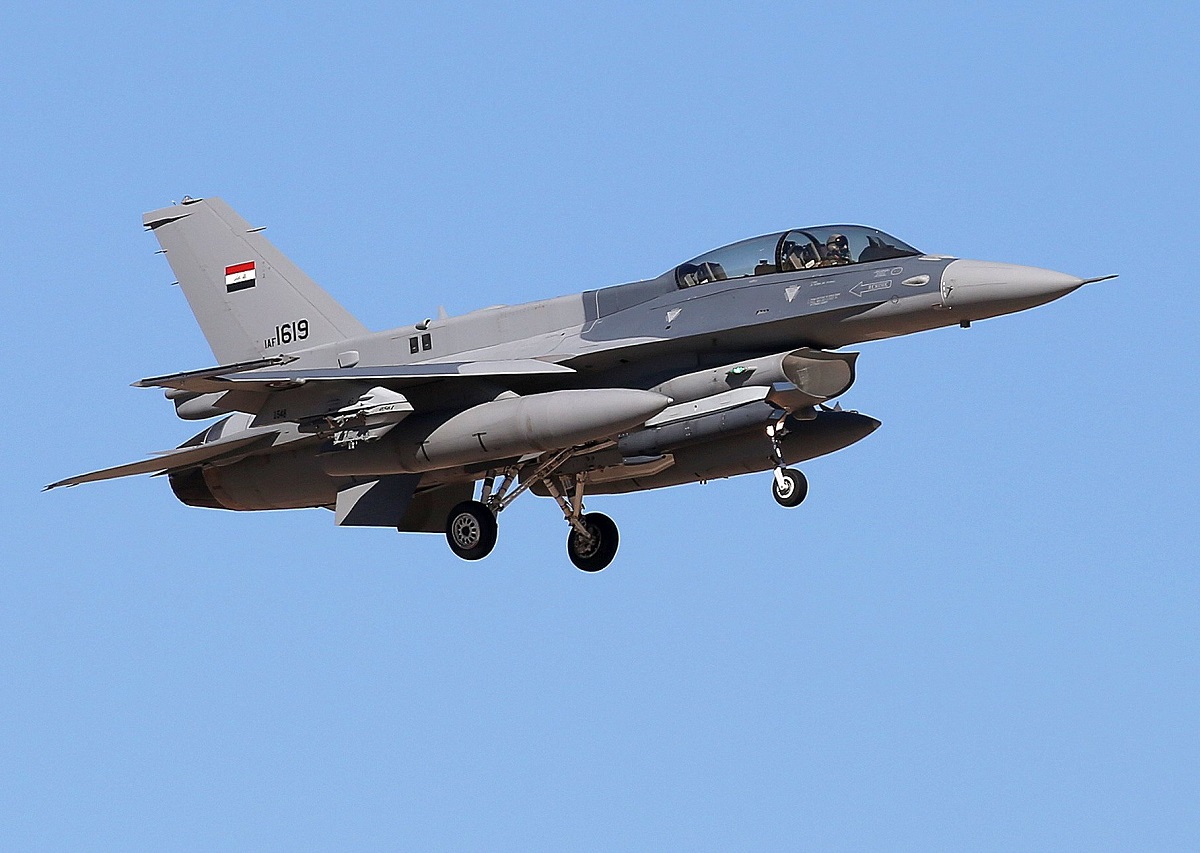
Lockheed Martin F-16IQ Fighting Falcon, IqAF (Iraq Air Force), Tucson IA (KTUS), AZ

General Dynamics F-16BM Fighting Falcon, Royal Netherlands AF, AZ-ANG 148th FS “Kickin’ Ass”, Tucson IA (KTUS), AZ
At the conclusion of the five day fast–jet circuit in Tucson, the drive back to Phoenix and your flights home is less than two hours. If you have additional time available then there are other US Air Force and US Army National Guard bases and airfields that fit nicely into this aircraft-rich photographic circuit.
Click on an image below to page or swipe through the gallery. Note: all photos of the fast-jet circuit were taken during a five-day period in November.
Day One
Day Two
Day Three
Day Four
Day Five
Barry Griffiths is a published author, wildlife photographer and naturalist. After a successful career as an educator, he became founder and President of Quest Nature Tours, a company specializing in worldwide nature tours and expedition cruising. On his retirement from these endeavors, he continues to photograph wildlife and pursue his lifelong interest in all aspects of aviation.
Barry can be reached at: [email protected]


